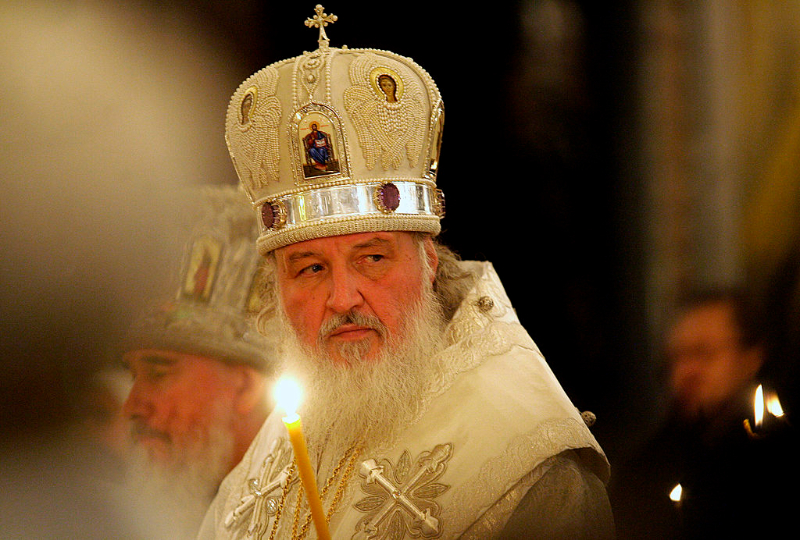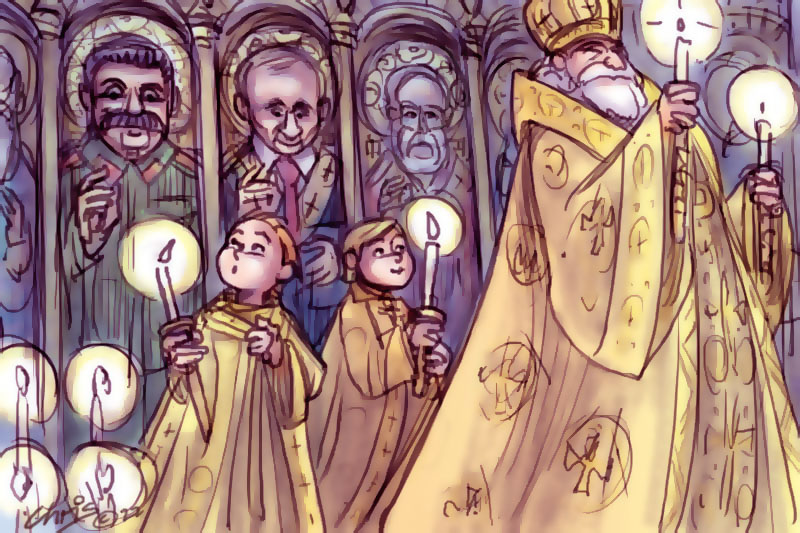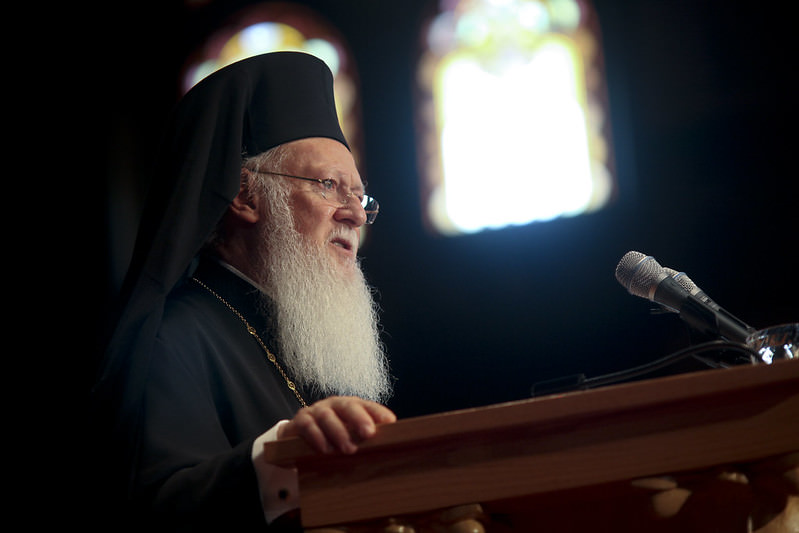Keywords: Ecumenical Patriarchate
-

INTERNATIONAL
- Andrew Hamilton
- 31 May 2022
7 Comments
Patriarch Kyrill of Moscow has received much justified criticism for aligning his Church alongside Vladimir Putin in the invasion of Ukraine. If we are to understand how he could think it is right to do so, however, it is helpful to know how he came to be Kyrill. The story of his earlier namesakes illuminate the conduct of the present Patriarch of Moscow.
READ MORE 
-

INTERNATIONAL
- Stephen Minas
- 23 May 2022
3 Comments
‘We removed him from the mausoleum’, wrote the Soviet poet Yevgeny Yevtushenko. ‘But how do we remove Stalin from Stalin’s heirs?’ The poem was published in 1962 but it’s still a good question. Today one of Stalin’s heirs commands a barbaric war against Ukraine with the enthusiastic cheerleading of another such heir – the leader of the Moscow Patriarchate reestablished by Stalin.
READ MORE 
-

ENVIRONMENT
- Stephen Minas
- 18 February 2021
2 Comments
The COVID-19 pandemic has provoked difficult questions about the links between the simultaneous health and ecological crises. These questions were examined in late January at the virtual Halki Summit, the latest in a long series of environment-focused events convened by the Istanbul-based Ecumenical Patriarchate.
READ MORE 